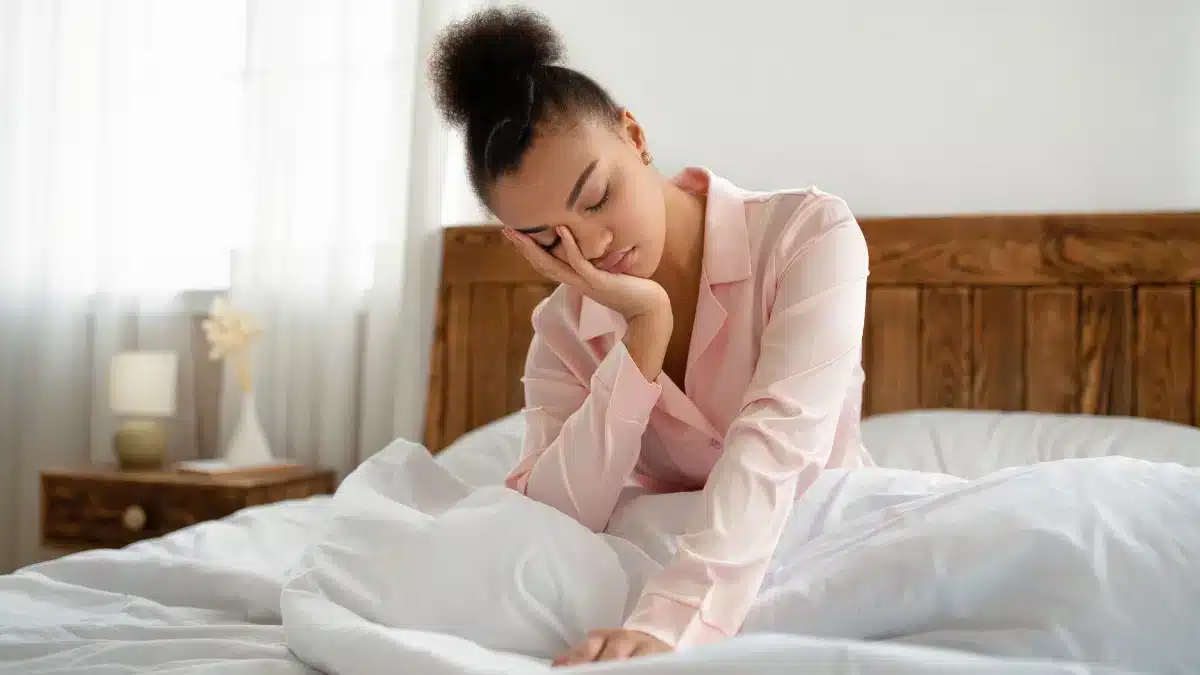Understanding Low Libido in Women: Symptoms, Causes, and Solutions
Low libido, also known as decreased sexual desire, can affect women of all ages.
It is a common issue that can have various causes and consequences.
It’s important to recognize that a low sex drive is not necessarily a problem but can become one if it causes distress or difficulties in a woman’s life or relationships.
Thus, understanding low libido in women becomes crucial.
In this article, we will explore the symptoms, causes, and potential solutions for low libido in women.
Understanding low libido
Low libido is a complex issue that can be influenced by a wide range of physical, emotional, and psychological factors.
It’s essential to consider that sexual desire can fluctuate throughout a woman’s life.
Low libido symptoms in women
Recognizing the symptoms of low libido is a critical first step in addressing the issue.
While the intensity and duration of symptoms can vary from person to person, common indicators of low libido in women may include:
- Reduced interest in sexual activities: Women with low libido often experience a notable decrease in their desire for sex
- Diminished fantasies and thoughts: The frequency of sexual fantasies or thoughts may diminish significantly
- Difficulty becoming aroused: Physical arousals, such as lubrication or genital response, may be challenging to achieve or maintain
- Avoidance of sexual intimacy: A tendency to avoid or reject sexual advances from a partner may become prevalent
- Emotional distress: The lack of sexual desire may lead to emotional distress, affecting one’s self-esteem and relationships
Causes of low libido in women
Low libido in women can be attributed to a variety of factors. Some common causes include:
Hormonal changes
The natural decrease in Estrogen levels during Menopause can lead to changes in sexual desire and physical responses.
Moreover, hormonal fluctuations after childbirth can contribute to low libido in some women.
Relationship issues

Conflict, communication issues, or emotional distance in a relationship can negatively impact desire.
The absence of emotional intimacy can lead to a lack of sexual desire.
Stress and mental health
High levels of stress, anxiety, or depression can hinder sexual desire.
Previous experiences of sexual trauma or abuse may affect one’s willingness to engage in sexual activities.
Medications and health conditions
Certain medications, including some antidepressants, can have side effects that diminish libido.
Chronic health conditions such as thyroid disorders or chronic pain can affect sexual desire.
Lifestyle factors
An exhausted or sleep-deprived lifestyle can contribute to low energy levels and reduced libido.
Also, overwork and demanding schedules can leave little time for intimacy.
Low libido in women treatment and management
Addressing low libido in women often involves a multifaceted approach tailored to the individual’s unique circumstances.
Here are some effective solutions to consider:
Communication
Open and honest communication with your partner is crucial.
Discussing your desires, needs, and concerns can help resolve relationship issues and improve emotional intimacy.
Stress management
Reducing stress through techniques like mindfulness, meditation, or therapy can alleviate the impact of stress on libido.
Lifestyle changes

Prioritizing self-care, including regular exercise, a balanced diet, and sufficient sleep, can help improve overall well-being and energy levels.
Also, managing work-life balance is essential to ensure you have time and energy for intimacy.
Therapy and counseling
Sex therapy or relationship counseling can be beneficial in addressing emotional and psychological factors that contribute to low libido.
Hormone Replacement Therapy (HRT)
For women experiencing low libido due to hormonal changes, HRT can be an effective treatment option.
It can help balance hormone levels and improve sexual desire.
Medication adjustments
If low libido is a side effect of medications, consult your healthcare provider to discuss potential alternatives or dosage adjustments.
Takeaway
Low libido in women is an issue that can impact women of all ages and backgrounds.
It’s important to recognize that fluctuations in sexual desire are a normal part of life.
However, when low libido causes distress or disrupts relationships, it becomes crucial to understand it.
Recognizing the symptoms and understanding the potential causes are crucial steps in addressing this concern.
Effective solutions, such as open communication, stress management, lifestyle changes, and medication adjustments, can help women regain their sexual desire and enhance their overall well-being.
By taking a multifaceted approach tailored to individual circumstances, women can work towards a healthier and more fulfilling intimate life.
Frequently Asked Questions
Can low libido in women cause weight gain?
Low libido in women itself does not directly cause weight gain. However, the emotional distress and changes in behavior associated with low libido, such as reduced physical activity or emotional eating, may contribute to weight gain.
What causes sudden low libido in women?
Sudden low libido in women can result from various factors, including hormonal changes, stress, relationship issues, medications, or medical conditions. It’s essential to identify the underlying cause to address the sudden decline in sexual desire effectively.
What are the symptoms of low libido in women?
Symptoms of low libido in women may include reduced interest in sexual activities, diminished sexual fantasies, difficulty becoming aroused, avoidance of sexual intimacy, and emotional distress. The intensity and duration of these symptoms can vary from person to person.
At what age is a woman’s libido lowest?
A woman’s libido can fluctuate throughout her life, but it tends to be lowest during Menopause, typically occurring in the late 40s to early 50s. During Menopause, hormonal changes can lead to a decrease in sexual desire and physical responses. However, it’s important to remember that individual experiences vary.
WowRx uses only high-quality sources while writing our articles. Please read our content information policy to know more about how we keep our content reliable and trustworthy.






